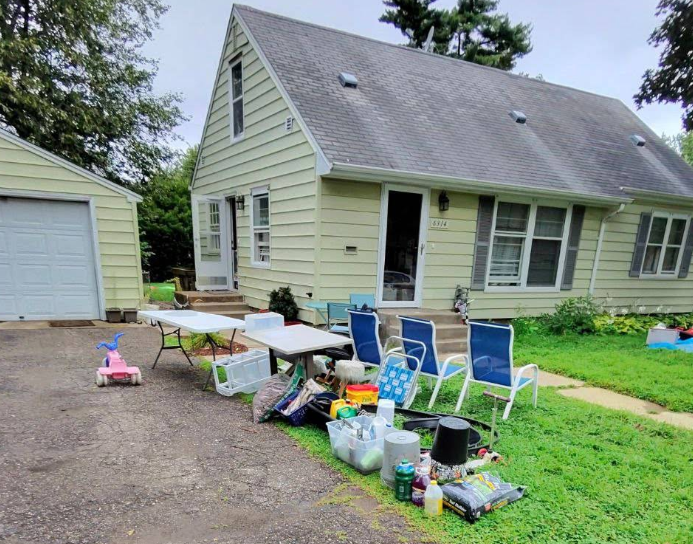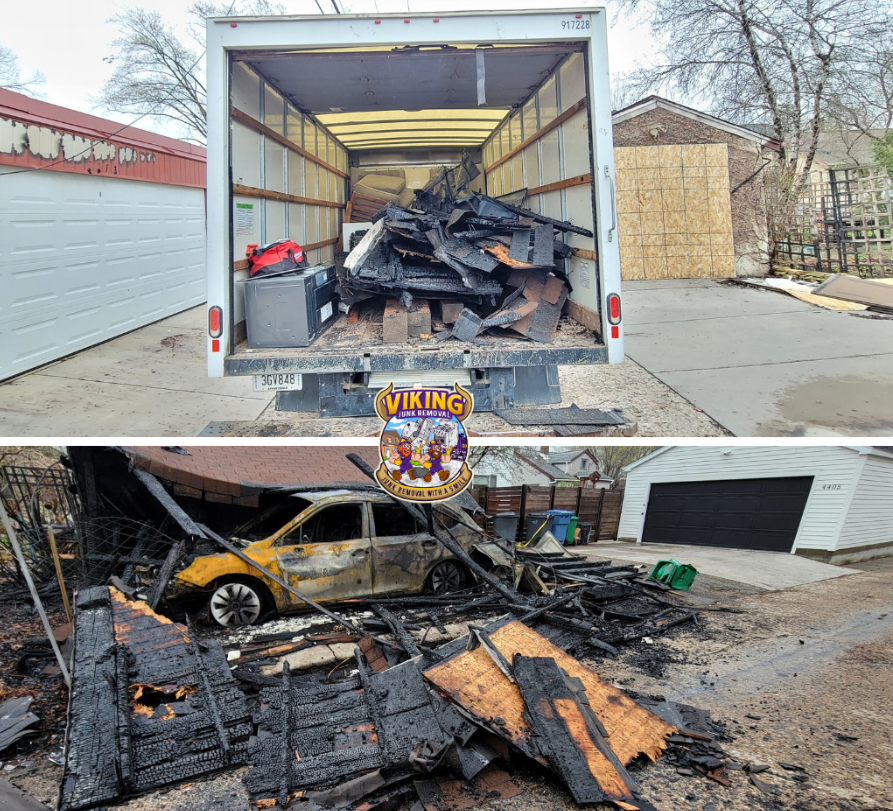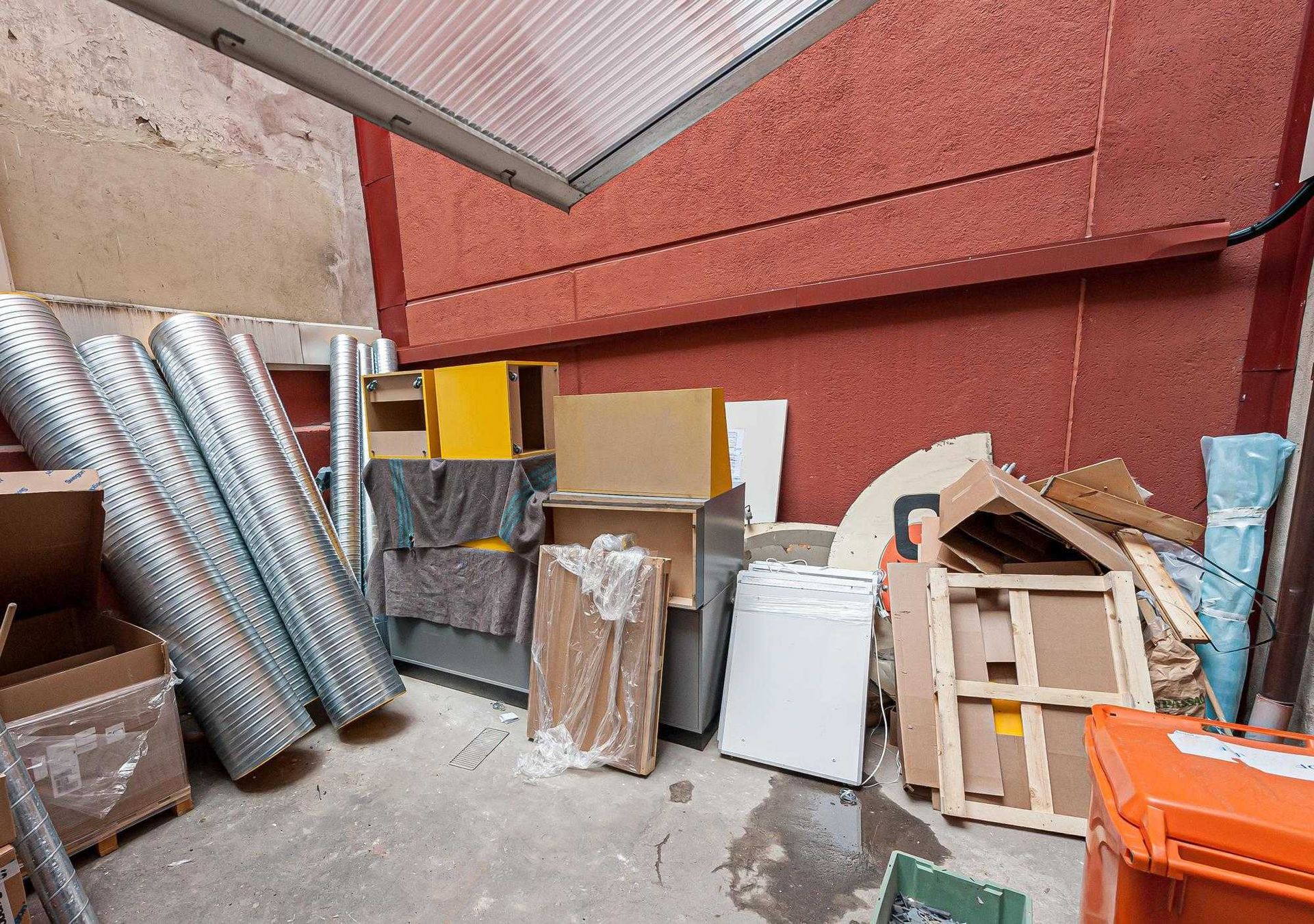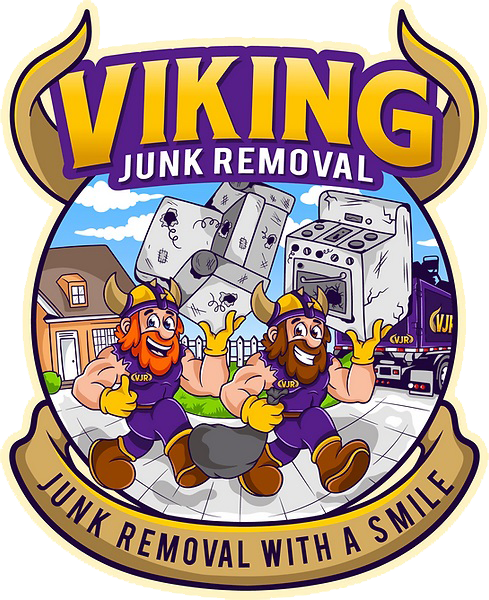Hot Tub Removal Tips for Homeowners
Removing a hot tub from your property goes beyond simply hauling away a bulky item. It’s a detailed process that involves several important steps to ensure safety and efficiency. First, you’ll need to assess the condition of the tub. If it's still functional, there may be opportunities to sell it or even donate it, turning the removal into a profitable endeavor.
However, if the hot tub is no longer usable, the removal process becomes more involved. In addition to dismantling the tub itself, you’ll need to properly dispose of it, which may involve handling hazardous materials, such as chemicals used in the tub’s upkeep or old insulation. With the right tools and a strategic plan, you can ensure that the removal is carried out smoothly, with minimal disruption to your property.
Assessing the Proper Tools for the Job
Removing a hot tub from your property requires specific tools, many of which may already be in your toolbox, but a few might need to be rented or purchased. The complexity of the job depends heavily on the hot tub's size, location, and condition. For dismantling, tools such as crowbars, sledgehammers, and wrenches are often necessary to remove screws, bolts, and panels. Heavy-duty gloves and safety glasses are a must, as you'll be working with sharp edges, heavy materials, and potentially dangerous parts like electrical wiring.
In tight spaces, you may also need smaller tools or more maneuverable equipment. While many homeowners think they can tackle the job on their own, this process can be labor-intensive and risky. Professionals come equipped with specialized tools and expertise to ensure the task is completed safely and efficiently, preventing potential damage to your property or personal injury.
Planning Ahead for Hot Tub Removal
Planning ahead for a hot tub removal project can save you a lot of hassle and unexpected headaches. Start by researching local regulations and ordinances to make sure you're in compliance with disposal rules. Many municipalities have specific guidelines on how bulky items like hot tubs should be disposed of, particularly if they contain electrical components or hazardous materials.
Some areas may even require a permit for removal, depending on the complexity of the project. If you're unsure, it's always a good idea to contact your local waste management or zoning office to verify any necessary permits. Beyond the legal requirements, it’s important to check your home’s utilities and ensure they’re properly disconnected.
Disconnection and Drainage Before Removal
Before beginning the removal of your hot tub, it's crucial to disconnect all utilities, including electricity, water, and gas lines. Hot tubs are usually connected to electrical power for heating and filtration systems, so turning off the main power to the tub is essential. Similarly, all water lines should be drained to avoid any leaks or floods during the dismantling process. This is a critical step because improperly drained water can cause damage to the surrounding area or make the tub much heavier and more difficult to handle.
If you're not comfortable disconnecting the utilities or plumbing yourself, it’s highly recommended to hire a professional to avoid accidents or costly mistakes. Properly disconnecting all connections ensures that the removal process goes smoothly and reduces the risk of injury or damage during the physical dismantling of the hot tub.
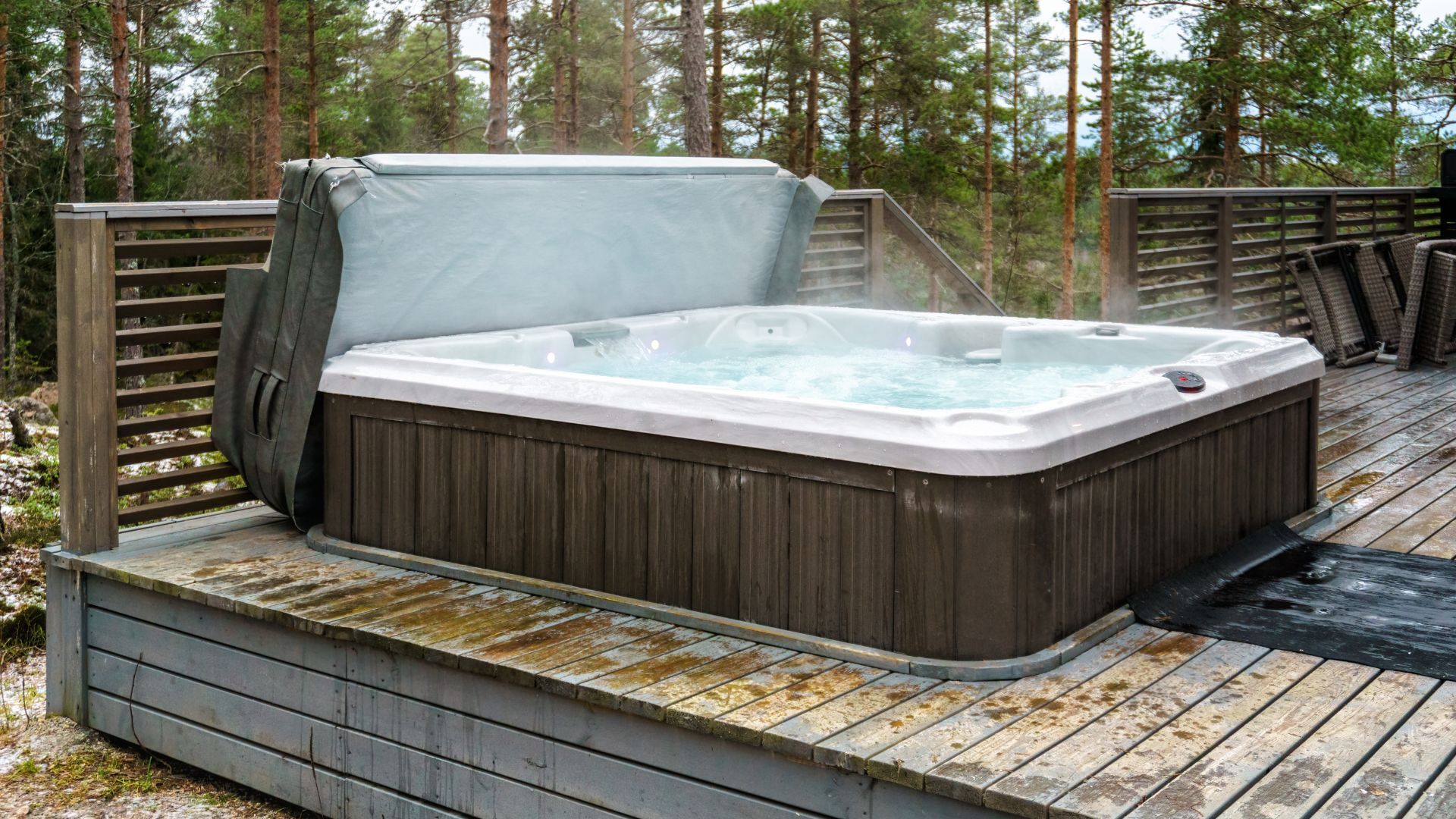
Safety Considerations When Removing a Hot Tub
Removing a hot tub isn’t just about muscle; it requires a strong focus on safety to protect yourself and your property. Hot tubs are often made of heavy materials like fiberglass, acrylic, and metal, which makes them challenging to lift and move. The weight and size of a hot tub, coupled with tight spaces or difficult angles, can make lifting risky without the proper technique or assistance. Electrical wiring is another safety concern, as improper handling of the connections could result in electrical shock.
Additionally, plumbing connections can lead to water leaks or flooding if not disconnected correctly. For these reasons, it’s essential to wear protective gear like safety glasses, heavy-duty gloves, and steel-toed boots to shield yourself from injury. If you're unsure of how to safely remove the tub, or if the task feels overwhelming, hiring a professional service can mitigate these risks and ensure the job is done safely.
Disposing of Hot Tub Materials Responsibly
One of the most challenging aspects of hot tub removal is ensuring that the materials are disposed of responsibly. Hot tubs consist of a variety of materials, including wood, metal, plastic, and fiberglass, each of which needs to be disposed of in an environmentally conscious way. Many local recycling centers accept these components, allowing them to be repurposed or recycled. For example, metal parts can often be sold as scrap, while fiberglass and plastic may be recyclable in certain areas.
If your hot tub is surrounded by a wooden deck or structure, that wood can often be repurposed for other uses, or at least recycled. It's important to consider the environmental impact and avoid dumping the entire hot tub into a landfill. Partnering with a professional junk removal company that specializes in environmentally responsible disposal ensures that the hot tub's materials are managed properly, minimizing waste and reducing your carbon footprint.
Cost Factors for Hot Tub Removal Services
The cost of hot tub removal can vary significantly based on several factors, such as the type and size of the hot tub, the location, and the complexity of the removal process. Larger in-ground hot tubs, for instance, may require excavation or more time-consuming disassembly, which can increase the cost. Additionally, if hazardous materials such as asbestos, chemicals, or old insulation are involved, special care must be taken, which can add to the expense.
Access to the removal site is another important factor: if your hot tub is located in a difficult-to-reach area, such as on a deck or in a small backyard, it may require more effort and equipment to remove. It's also essential to confirm what is included in the price, as some companies may charge extra for disposal or recycling fees.
How to Choose the Right Hot Tub Removal Service
Choosing the right hot tub removal service is essential to ensure the process is done efficiently, safely, and with minimal stress. Start by looking for companies with a strong reputation and experience in handling bulky items like hot tubs. Online reviews, word-of-mouth recommendations, and customer references can provide insight into the company’s quality of service. It's important to confirm that the company has the necessary tools and equipment to handle the job.
If the hot tub is in a tight spot, be sure the removal team has experience maneuvering large items in difficult spaces. Another key consideration is whether the company will handle all aspects of the removal, including disconnection of utilities, recycling, and disposal. A reputable service should provide a clear, transparent process with an upfront quote, so you know exactly what to expect before the job is completed.
Managing the Space After Hot Tub Removal
Once your hot tub is removed, you may be left with an empty space or, in some cases, a scarred or damaged area where the tub once stood. If the hot tub was located on a deck, you may need to repair or reinforce the deck structure, especially if parts of it were removed during the dismantling process. If the tub was built into the ground, the area may need to be leveled and landscaped to restore the space. You may also want to consider how to repurpose the area.
This could be an ideal opportunity to create a new outdoor living space, such as a garden, patio, or seating area. If you're unsure how to go about repairing or redesigning the area, you may want to consult with a contractor or landscaper who can help restore the site to its former glory or transform it into something new that suits your needs.
Understanding the Timeline for Hot Tub Removal
The timeline for hot tub removal depends on various factors, including the size and type of the hot tub, the condition it's in, and the accessibility of the removal site. In general, a straightforward hot tub removal can take a few hours, especially if the tub is an above-ground model that doesn't require extensive disassembly. However, larger in-ground hot tubs that are buried in concrete or situated in a confined area may take longer, possibly up to a full day or more to remove.
Accessibility is another key factor that can affect the timeline—if the hot tub is located in a difficult-to-reach spot, such as a small backyard or upper-level deck, additional time and effort will be required. Professional removal companies can provide a more accurate estimate, and it’s important to plan for potential delays caused by unforeseen complications, such as difficulty with utility disconnections or access issues.
Conclusion
Removing a hot tub from your property is no small task, but with careful planning and the expertise of professional junk removal services, the process can be much more manageable. The key to a successful hot tub removal is following proper safety protocols, including disconnecting electrical and water connections safely, and ensuring the removal team has the right equipment for the job. Additionally, responsible disposal of the hot tub and any associated materials, such as chemicals, insulation, and electrical components, is essential for minimizing environmental impact.
Viking Junk Removal, based in Minneapolis, USA, specializes in efficient and eco-friendly hot tub removal. Their experienced team can handle everything from large, outdated tubs to smaller models, ensuring a hassle-free experience. Whether you're clearing space for a new project or need to dispose of a worn-out tub, Viking Junk Removal is just a call away. Contact them at 612-448-9506 or email sales@vikingjunkremovalmn.com for a quote or more details.

